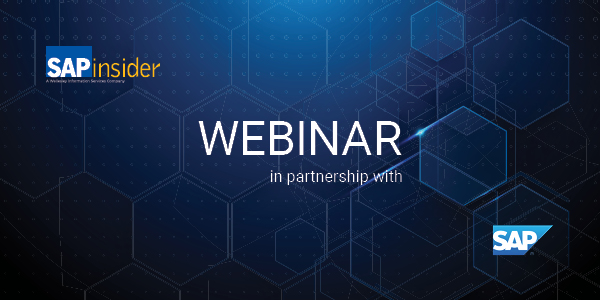Webinar: SAP S/4HANA Migration 2023, Hosted by softwareONE
Webinar On-Demand
Meet the Speakers
Key Takeaways
Dedicate and prioritize time for ERP planning starting today
Evaluate SAP S/4HANA deployment options and licensing to understand them fully
Find the right partner for any SAP S/4HANA deployment project
SAP S/4HANA migration continues to be one of the most important topics of discussion for SAP ERP customers. Since it was released in 2015, around 22,000 customers have licensed the solution, with approximately two-thirds of that number having completed a deployment. SAPinsider started tracking SAP S/4HANA adoption in 2019 and since that time, we have noted a steady growth in those reporting they are using it. This is consistent with the numbers that SAP has reported in quarterly earnings calls, although the focus in the last year has been more on the cloud ERP story, to which SAP S/4HANA Cloud is central. This year’s data shows that, as we approach the 2027 maintenance deadline, this has again become the primary factor impacting SAP S/4HANA adoption.
Organizations are aware that the cost and length of an SAP S/4HANA deployment project can be significant when there is an existing ERP implementation, and time is now of the essence if there is a goal of switching to SAP S/4HANA before the end of 2027. Organizations must leverage the time they have to begin their preparations for a move off their existing ERP systems. Even if there are no immediate plans to begin a deployment, the better the preparation, the smoother the deployment. Utilize time wisely over the coming years to ensure that you are ready no matter what the future brings.
Download the benchmark report to read the full data analysis from 161 members of the SAPinsider community and receive recommendations for your own plans.
– Explore the factors behind the move to SAP S/4HANA
– Learn what strategies they are implementing to support their ERP plans
– Understand how organizations are approaching their ERP decisions
– See what technologies they are implementing to support their ERP planning






